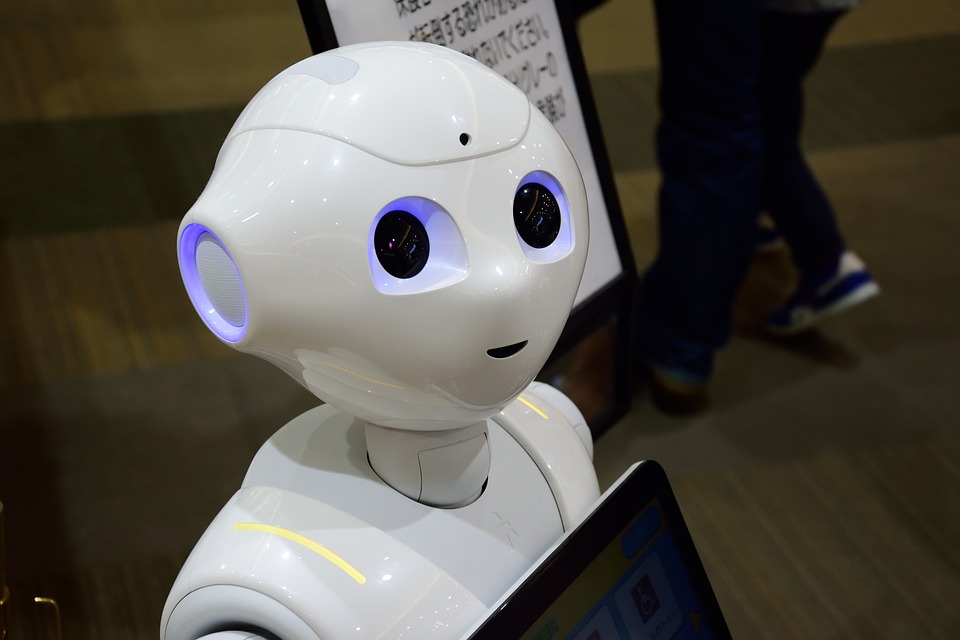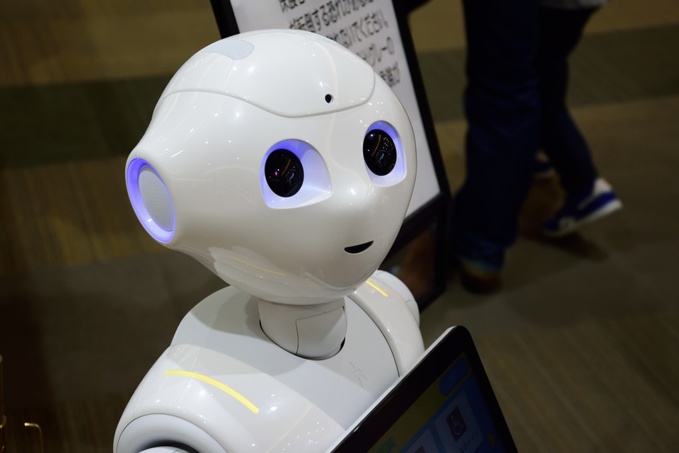The IMF analyzed the short-term and long-term impact of robotics on production growth and income distribution. The study’s authors consider robots a special kind of capital, distinguished by its interchangeability with human labor. Unlike the neoclassical model, where accumulation of traditional capital contributes to increase in labor demand, in an automated economy this process leads to investment in robots.
The IMF is considering four possible scenarios. Within the framework of the basic model, robots compete with people in all operations, in the second - only in part of them, in the third - they force out low-skilled labor, but increase the demand for specialists, in the fourth - they are used only in one sector, whereas all others use a traditional model of labor and capital.
All scenarios forecast that in the long run, productivity growth due to automation lead to an increase in real per capita income by 30-240% even without radical technological breakthroughs. Investments in more advanced robots add only 6-16% to the GDP, and the rest of the increase accounted for a positive mutual effect from the accumulation of traditional and "robotized" capital. In the basic model, real incomes fell in the short term and grew with time, when the growth of traditional capital led to an increase in the demand for labor and real wages. Depending on conditions, the transition phase could last from 12 to 50+ years, that is, span several generations. The higher the elasticity of replacement of robots and people, the greater the short-term drop in incomes and the higher their long-term growth. But with full replacement, the long-term phase never came. The economy was entering a state of singularity in which the increase in robot productivity triggered endogenous growth: the accumulation of both forms of capital continued indefinitely, wages fell and remained at a low level, and the share of labor in income distribution tended to vanish. It is possible that this is a consequence of the imperfection of the authors' model.
All other scenarios in the model also increased inequality, and the more GDP grew, the more uneven was distribution of income. If robots replaced only low-skilled workers, the inequality grew stronger. At that, blue-collar wages were lower than in the basic model (losses of 26-56%), and the prospects for their long-term growth were vaguer, the share of workers in national income fell from 31% up to 8-18%. These effects were less pronounced if the robots replaced people only partially, but the economic growth in this case was lower. Forecasts of techno-optimists about the peaceful coexistence of robots and people are flimsy, the IMF says. Note that assumptions always interfere with forecasts for a long period (more than ten years) in all similar works model, while the current wave of automation, meanwhile, could not be predicted by economists.
source: abc.net.au
The IMF is considering four possible scenarios. Within the framework of the basic model, robots compete with people in all operations, in the second - only in part of them, in the third - they force out low-skilled labor, but increase the demand for specialists, in the fourth - they are used only in one sector, whereas all others use a traditional model of labor and capital.
All scenarios forecast that in the long run, productivity growth due to automation lead to an increase in real per capita income by 30-240% even without radical technological breakthroughs. Investments in more advanced robots add only 6-16% to the GDP, and the rest of the increase accounted for a positive mutual effect from the accumulation of traditional and "robotized" capital. In the basic model, real incomes fell in the short term and grew with time, when the growth of traditional capital led to an increase in the demand for labor and real wages. Depending on conditions, the transition phase could last from 12 to 50+ years, that is, span several generations. The higher the elasticity of replacement of robots and people, the greater the short-term drop in incomes and the higher their long-term growth. But with full replacement, the long-term phase never came. The economy was entering a state of singularity in which the increase in robot productivity triggered endogenous growth: the accumulation of both forms of capital continued indefinitely, wages fell and remained at a low level, and the share of labor in income distribution tended to vanish. It is possible that this is a consequence of the imperfection of the authors' model.
All other scenarios in the model also increased inequality, and the more GDP grew, the more uneven was distribution of income. If robots replaced only low-skilled workers, the inequality grew stronger. At that, blue-collar wages were lower than in the basic model (losses of 26-56%), and the prospects for their long-term growth were vaguer, the share of workers in national income fell from 31% up to 8-18%. These effects were less pronounced if the robots replaced people only partially, but the economic growth in this case was lower. Forecasts of techno-optimists about the peaceful coexistence of robots and people are flimsy, the IMF says. Note that assumptions always interfere with forecasts for a long period (more than ten years) in all similar works model, while the current wave of automation, meanwhile, could not be predicted by economists.
source: abc.net.au



















